1meter 3d model. Empty interior with 5mm hull thickness for R/C projects.
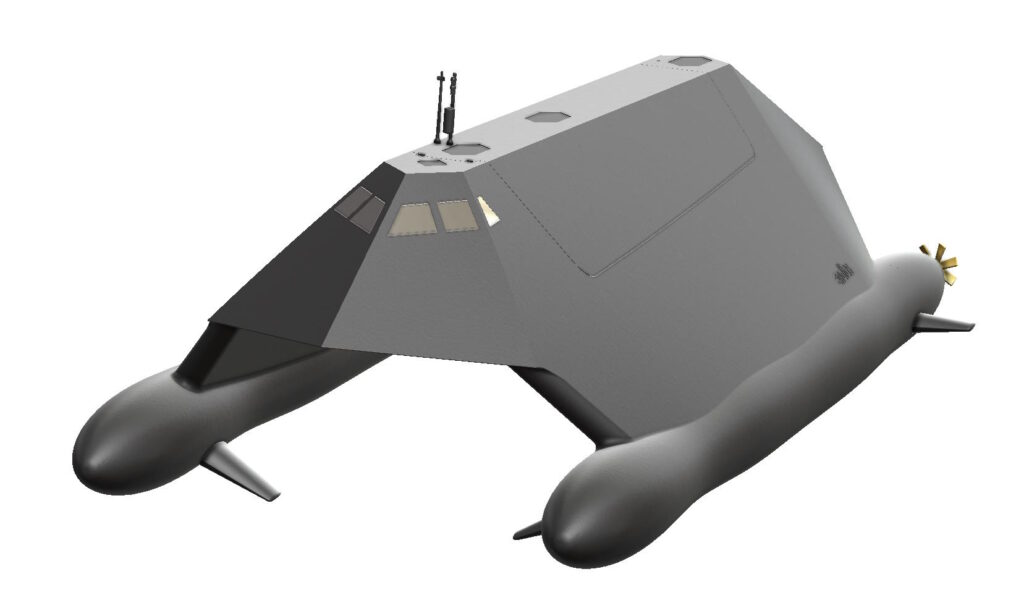
The Sea Shadow IX-529, developed by the U.S. Navy, is a vessel shrouded in mystery and innovation. Built in 1985 by the Defense Advanced Research Projects Agency (DARPA) and Lockheed Martin, the ship was a cutting-edge experiment in naval stealth technology. Sea Shadow was designed to test the viability of stealth features on water, borrowing concepts initially explored in aviation stealth. With its dark, angular appearance, this 160-foot craft had a distinctive shape that minimized its radar signature, similar to stealth aircraft. The hull’s unique, angular structure used radar-absorbing materials to help reduce detectability, setting Sea Shadow apart as a landmark in naval design and technology.
Continue reading for the rest of the article and your free STL file pack. If you’d like to get directly to high poly STL file pack for the 1m SeaShadow model, here it is. <<<—– click to get from Cults3d
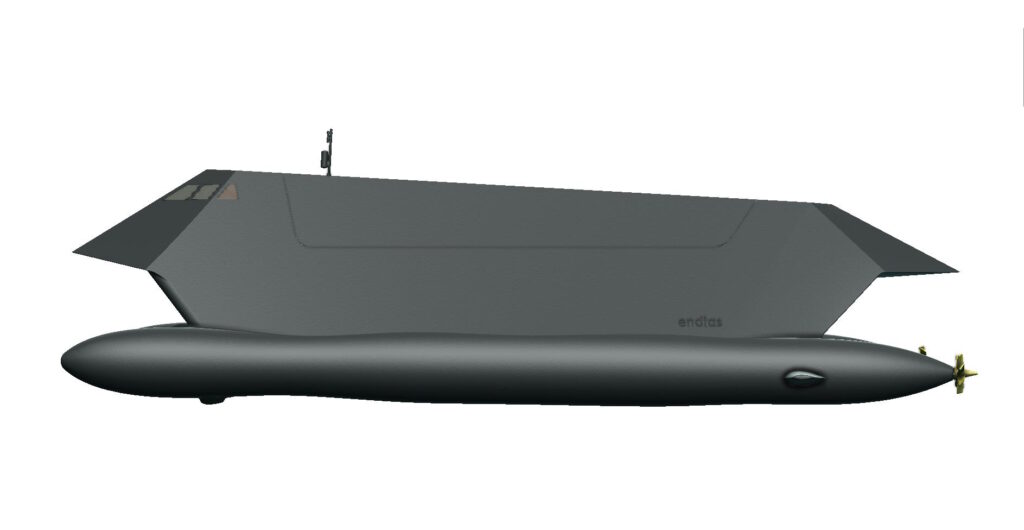

Unlike typical naval vessels, Sea Shadow employed a Small Waterplane Area Twin Hull (SWATH) design, which gave it greater stability, especially in rough seas. This design, with two submerged hulls and a low, bridge-like structure above the water, allowed for minimal water disturbance and further enhanced stealth capabilities. This stability allowed the ship to operate more effectively in challenging conditions, and it served as a critical testing platform for technologies that later influenced more modern U.S. Navy vessels, such as the Zumwalt-class destroyers.
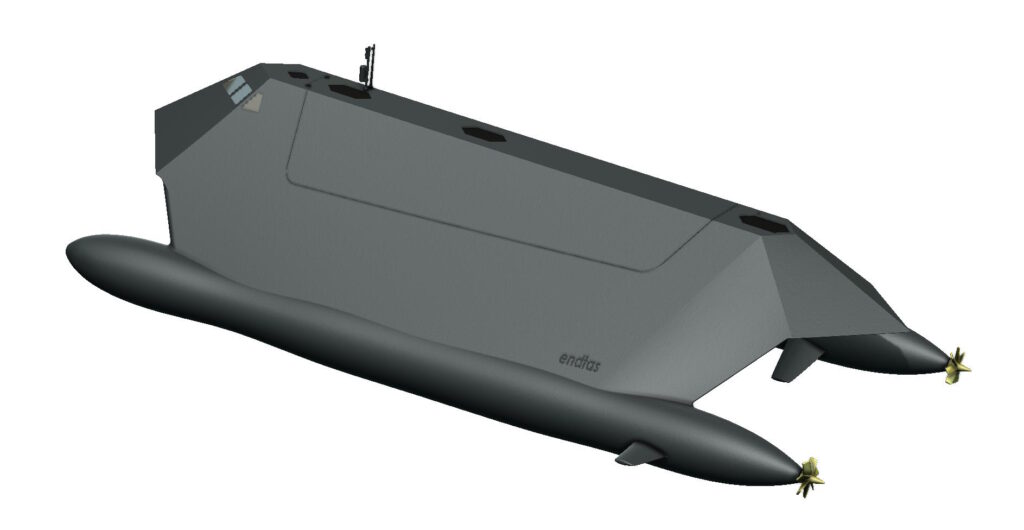
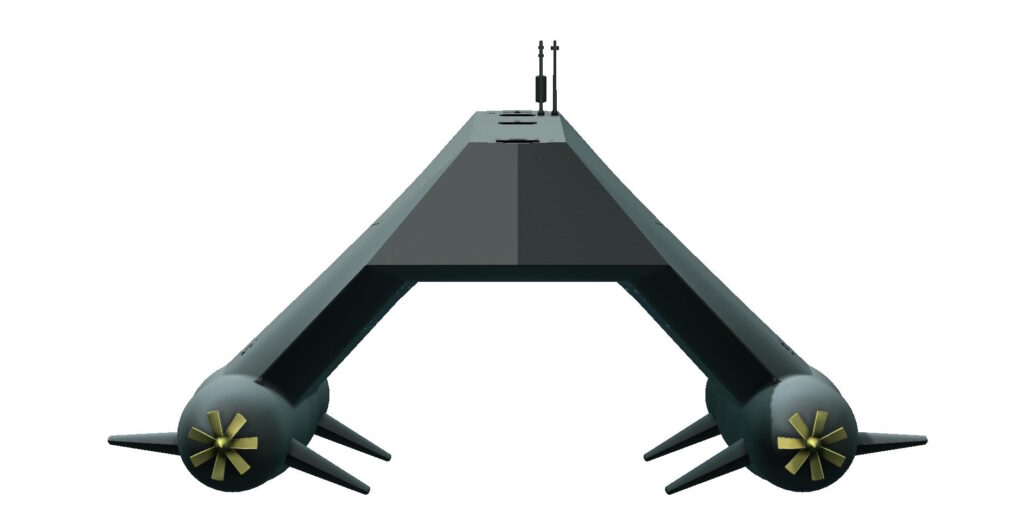
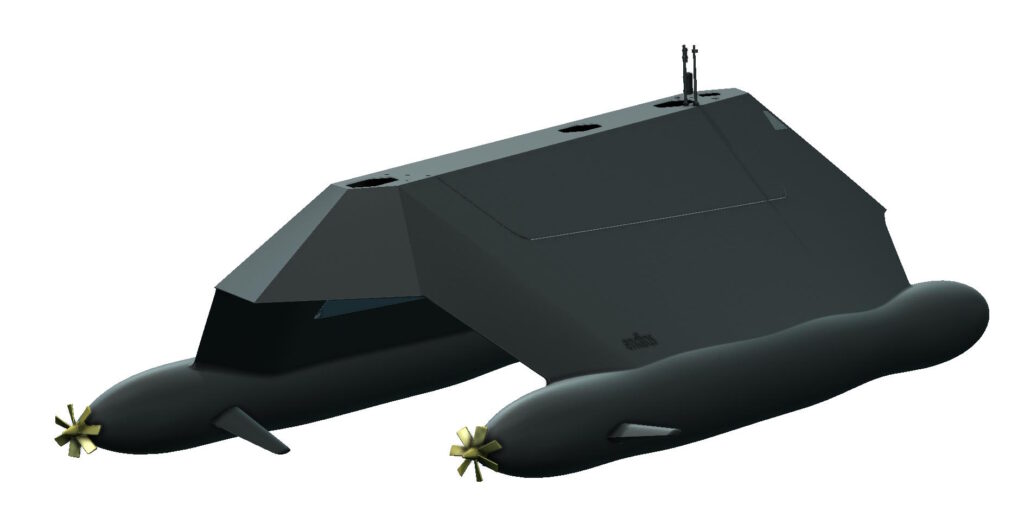
Though operational from the 1980s until 2006, Sea Shadow remained largely hidden from public view for most of its career. It wasn’t officially declassified and revealed to the public until 1993, at which point it became a symbol of the Navy’s pursuit of low-observable technology at sea. Sea Shadow primarily operated as a testbed, and while it was never deployed in active combat, its innovations contributed significantly to subsequent stealth technologies. The vessel’s systems and design features were instrumental in advancing naval engineering and stealth applications, even though they weren’t adopted in their original form for active naval service.
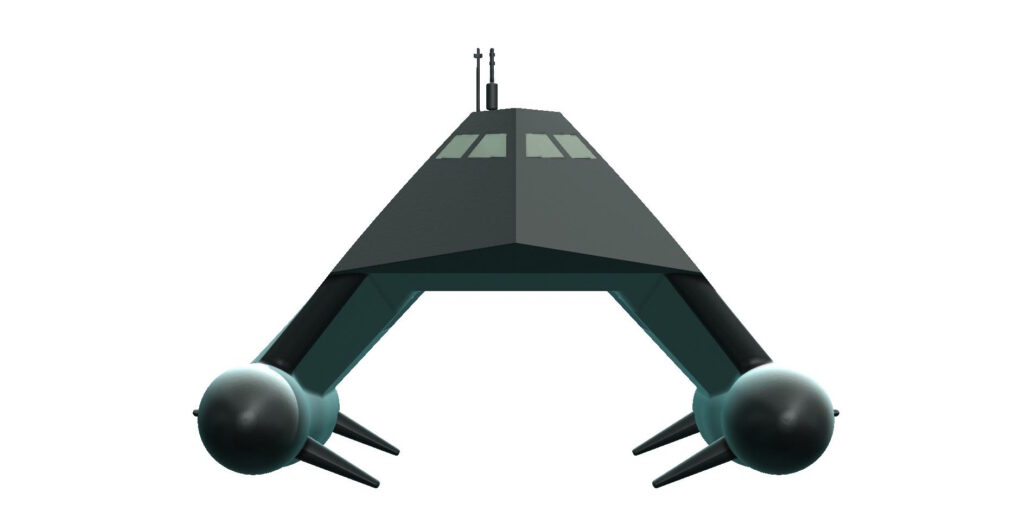
Eventually, the Sea Shadow was retired and placed in the Navy’s reserve fleet, with attempts to sell or preserve it for historical purposes. Despite interest from museums and private collectors, it was ultimately scrapped in 2012. The legacy of Sea Shadow lives on, however, as the first maritime endeavor into stealth, influencing the designs of ships and submarines that followed.
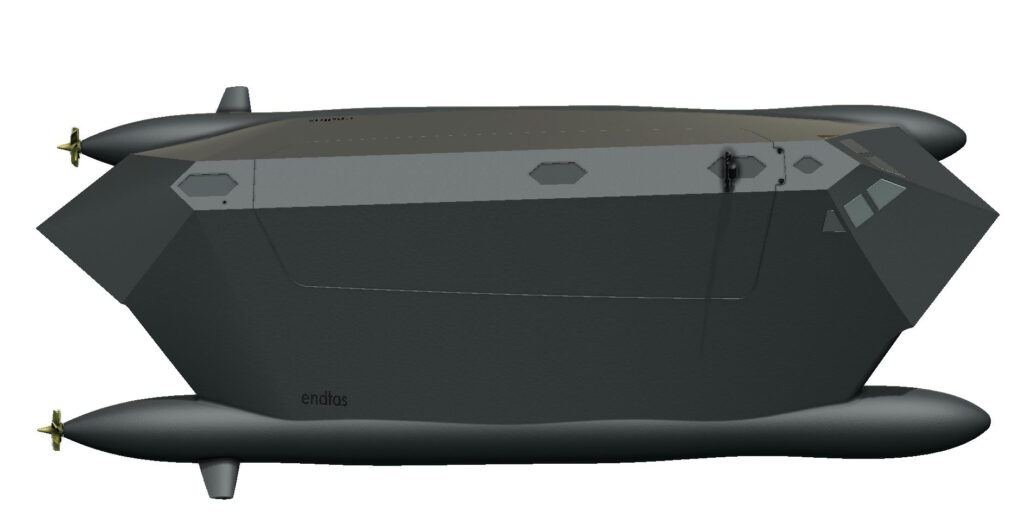
Sea Shadow’s story highlights a pivotal era in naval technology, bridging gaps between Cold War secrecy and modern naval warfare. Its legacy is one of quiet influence, laying the groundwork for future innovations and illustrating the U.S. Navy’s commitment to technological superiority at sea.
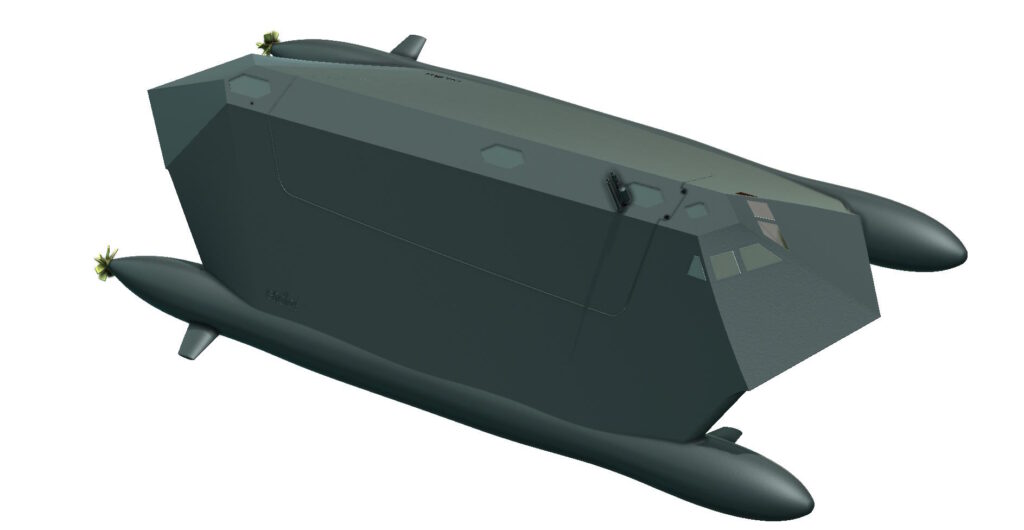
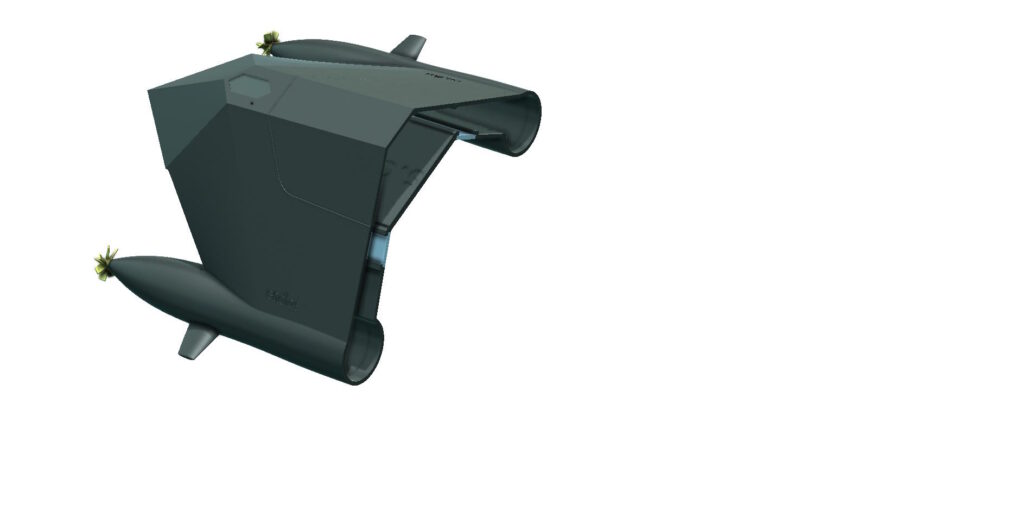
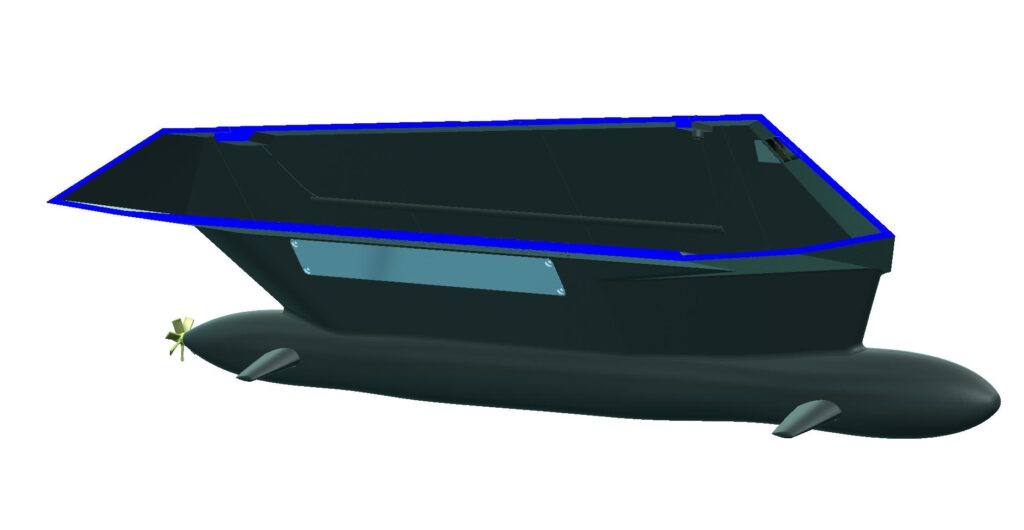
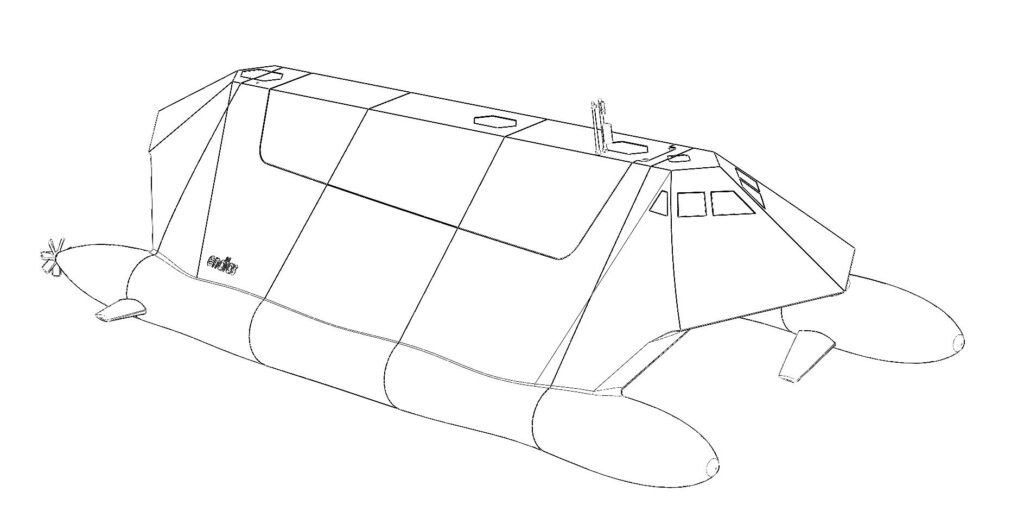
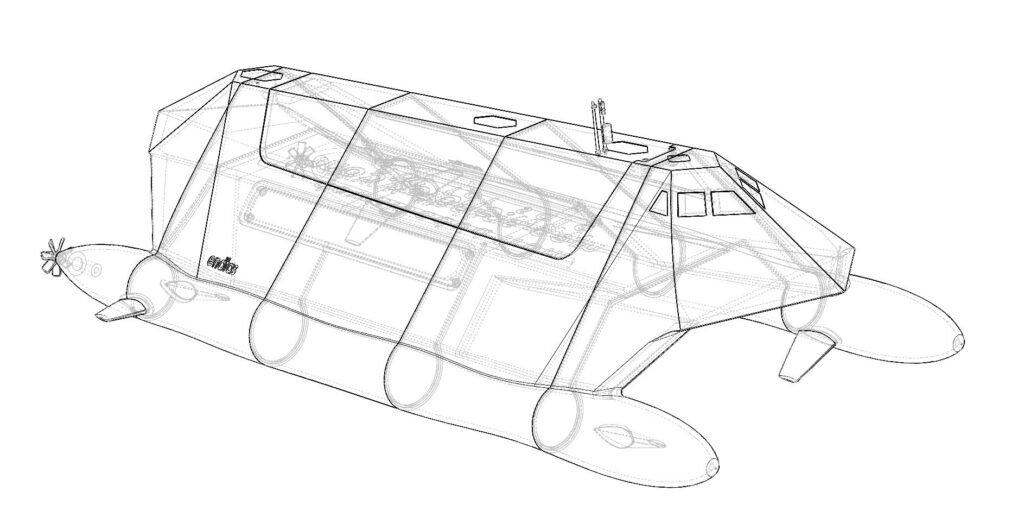
References:
- Federation of American Scientists. “Sea Shadow (IX-529) / Stealth Ship.” FAS, fas.org.
- Lockheed Martin. “Innovation & Excellence in Stealth.” Lockheed Martin, lockheedmartin.com.
- U.S. Navy. “Sea Shadow (IX-529) Testing and Development.” Naval History and Heritage Command, history.navy.mil.
- Dyer, James. Stealth Technology and Naval Innovation. Naval Institute Press, 2007.
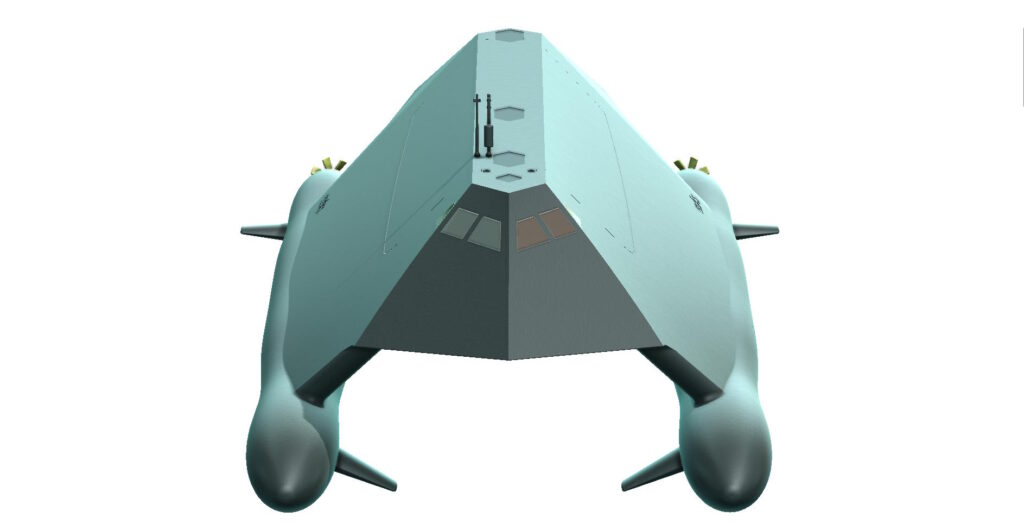
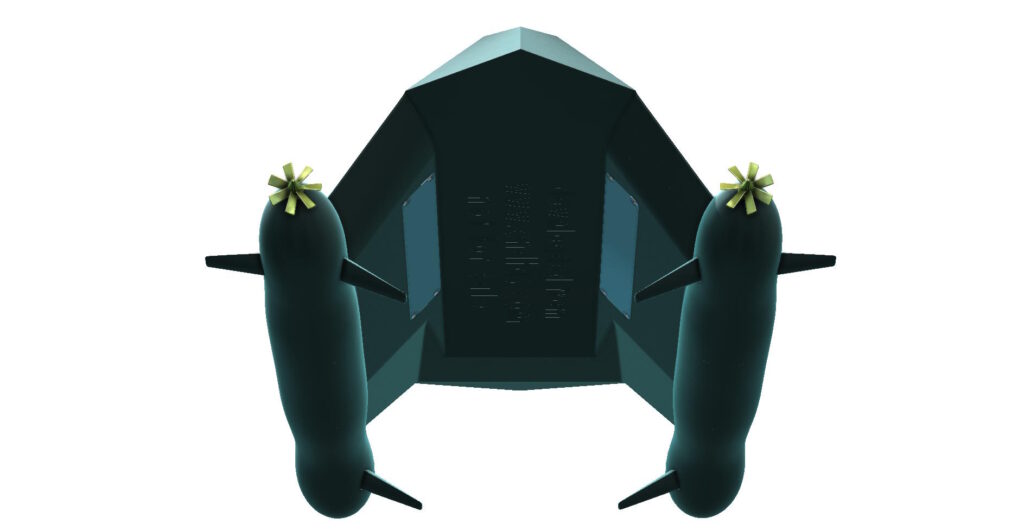
If you’d like to get directly to the high poly STL file pack for the 1m SeaShadow model, here it is. Free STL files are below.
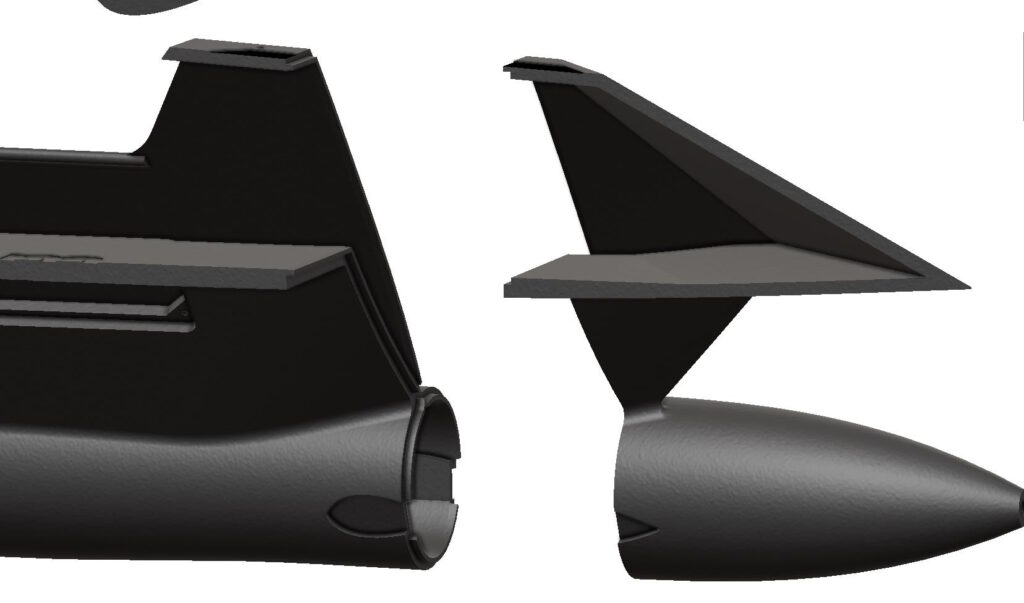
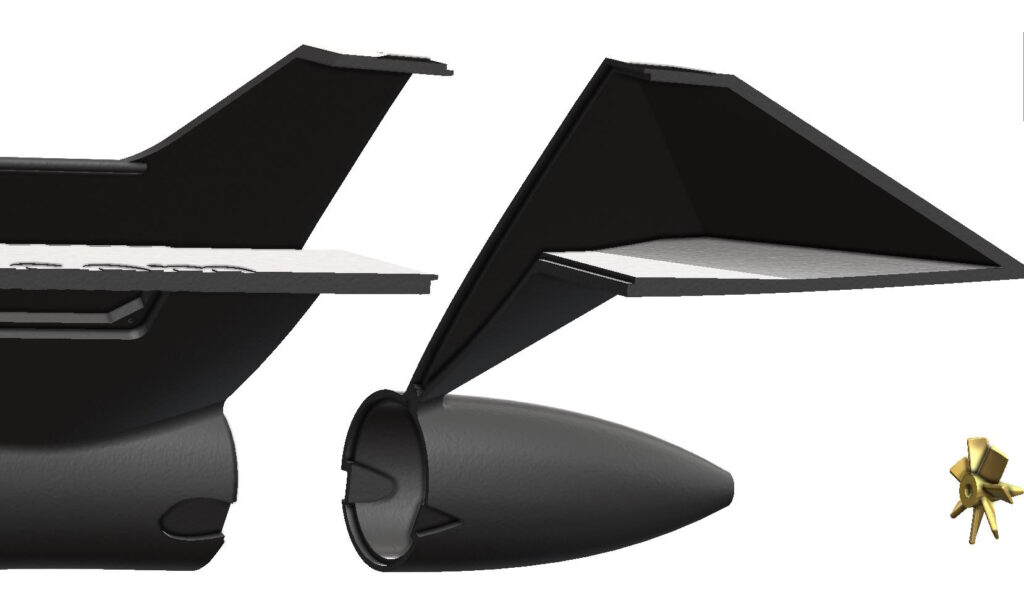
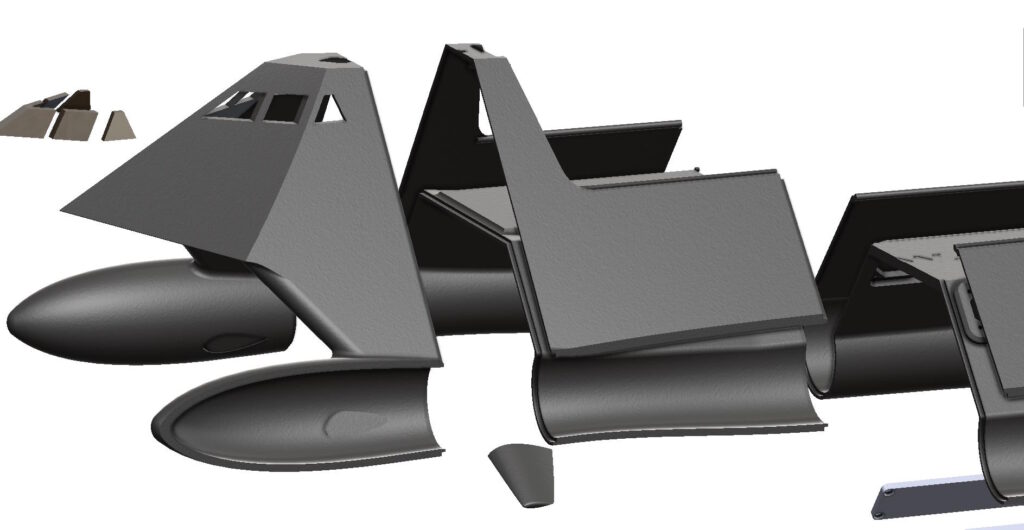
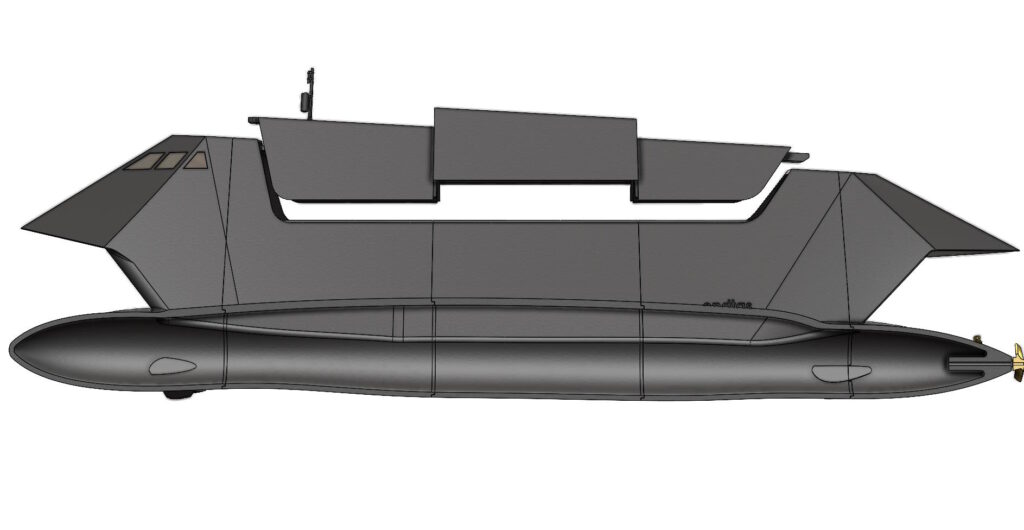
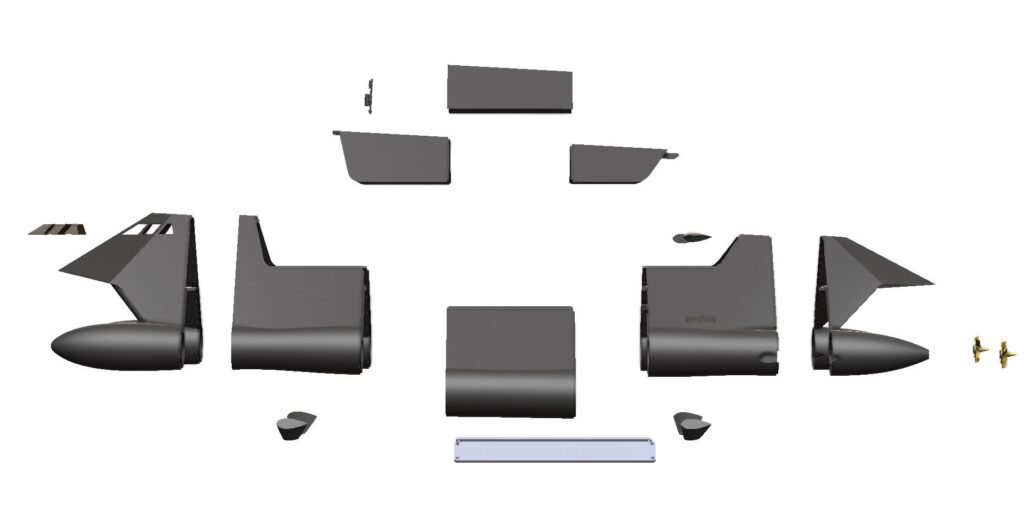
Please get it and support our site. <<<<——Click to get
Free low rez STL files are below.
Enjoy and share this web page on your social media.




 Users Today : 92
Users Today : 92 Users Yesterday : 94
Users Yesterday : 94 Users Last 7 days : 1024
Users Last 7 days : 1024 Views Today : 150
Views Today : 150 Views Yesterday : 134
Views Yesterday : 134 Views Last 7 days : 1715
Views Last 7 days : 1715 Total views : 1324270
Total views : 1324270 Who's Online : 0
Who's Online : 0